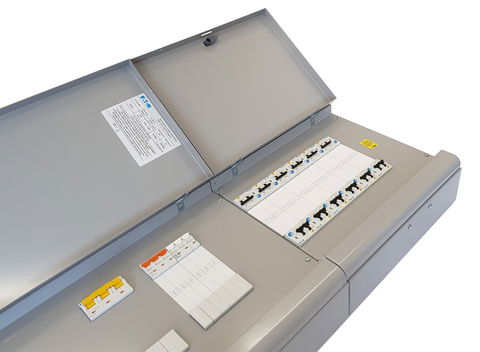Eaton’s whitepaper covers not only some of the main changes in Amendment 2, but also offer the reasons why

If one word were to sum up the past five years in the electrical industry, I would suggest that it is unprecedented. For an industry which has been arguably slow to evolve, change has now become a constant. Electrification of transport and prosumers of energy are just two elements of the latest draft for public comment (DPC) of BS7671 Amendment 2, which would have been unimaginable to many of us as little as five years ago. These proposals support change that is happening now in terms of how we consume and generate power and will continue to evolve for many years to come. During such an unprecedented time socially and economically these are likely to provide fantastic growth opportunities, specifically for our sector.
Whilst these are relatively new themes within BS7671, one constant we have seen since the creation of UK installation regulations is a drive towards improved safety through better installation processes and the use of new technology. The DPC for amendment 2 is no exception with the suggested requirement for the use of AFDDs in UK installations, a product specifically designed to offer protection against electrically ignited fires.
Recommended for the first time in BS7671:2018, during the past two years the industry has been increasing its knowledge and experience of this technology. Following change in BS7671:2018 Amendment 2: AFDDs' are now required is specific application.
“421.1.7 Arc fault detection devices (AFDD) conforming to BS EN 62606 shall be provided for single-phase AC final circuits supplying socket-outlets and fixed current-using equipment with a rated current not exceeding 32 A."
How will this impact your next project? Our white paper covers not only some of the main changes in Amendment 2, but also offer the reasons why these changes are necessary and examine how the regulations have evolved, which might point the way for future revisions and new editions.
Download our whitepaper now to find out more about the new recommendations and requirements
